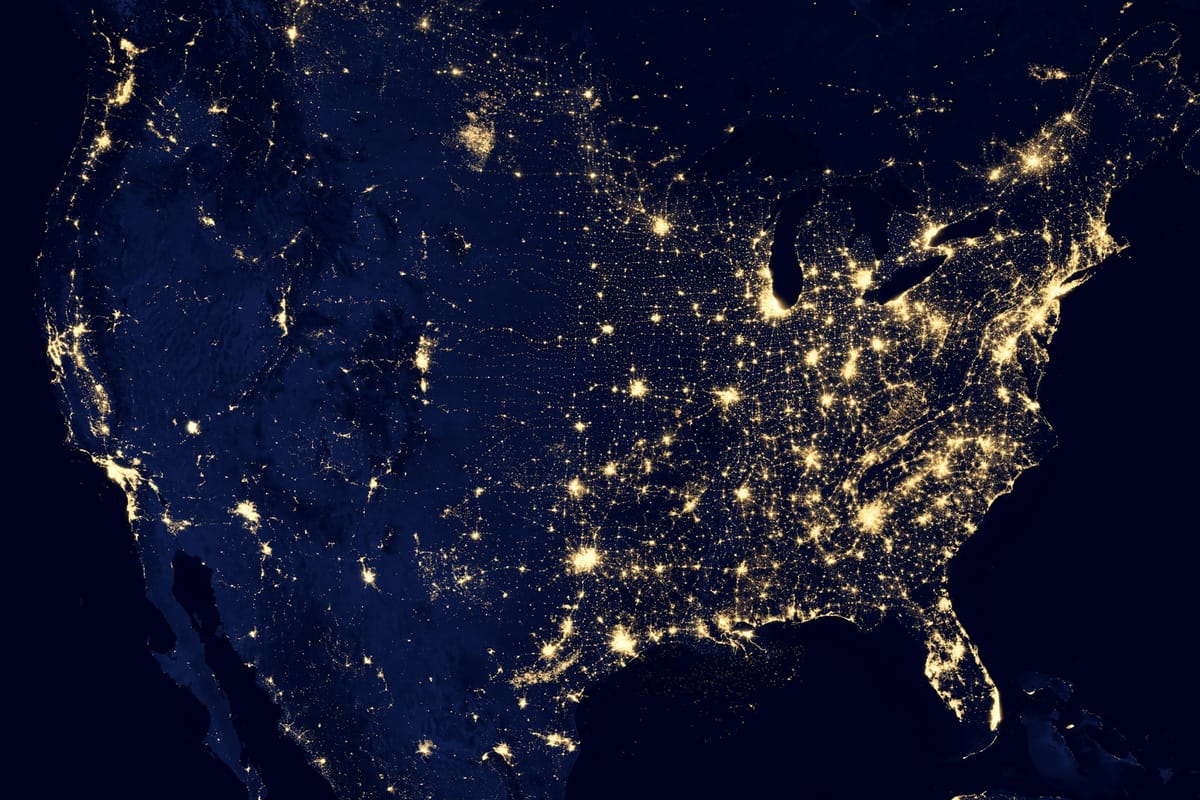What now for America's state carbon markets?

Carbon pricing mechanisms cover approximately 10% of the United States emissions including California, Washington State, and a group of ten or so states in the northeast – New York, Massachusetts, and New Hampshire among them.
Although the carbon price across these states varies from around $25 to $70 per tonne CO2, the overall average carbon price in America, taking account of the share of emissions covered by carbon pricing, is closer to $3 per tonne CO2 – far too low to make a real difference to the future trajectory of emissions at the federal level.
Nevertheless, state carbon pricing mechanisms, many of which have been in place for 10-15 years, provide a credible backstop in support of continued ambitious climate policy. That's crucial at a time when America's federal climate policy has been ripped up over the past twelve months.
In addition to incentivising investment in decarbonisation, America's carbon markets provide a valuable source of revenue that is used to fund local projects, reducing the barriers to low-carbon technology adoption, while mitigating the impact on consumers.
State carbon markets have faced their own threats this past year. Not least Donald Trump's executive order blocking the enforcement of, in the president's words, “unnecessary regulations that targeted the beautiful, clean coal.” A report supposed to outline potential actions against carbon markets never arrived. The 7th June deadline came and went (see America's state carbon markets are under siege).
America's carbon markets face a new threat – being blamed for high energy prices. As this article will demonstrate, each carbon market is likely to take a different approach to managing this risk, especially as the electoral cycle draws nearer to November 2028.
California
In a recent article I highlighted how political messaging on "affordability" will be an important factor affecting the outlook for the Californian carbon market. As I go onto point out, if California's governor, Gavin Newsom, wants to win the next presidential election (assuming he's nominated), then demonstrating that he can do something about the cost of living is likely to be an important factor in improving his chances.
An example of exactly this came to light at the latest CARB workshop, held on 29th October, in which the agency proposed a drastic slowing in the emissions cap trajectory through to the end of the decade; removing 118 million CCAs between 2027 and 2030, significantly lower than the 180 million CCA reduction outlined in earlier workshop proposals. As my article concludes, the governor may get what he wishes in the short-term, but ultimately it will be to the long-term cost of the markets credibility:
While Newsom may feel that the carbon market is a politically convenient way to show voters that he is doing something about affordability, it does comes with risks.
Done correctly (not like in Canada) refunding money can support disadvantaged communities hit by high electricity prices. It can also bolster support for climate policy, as long as its also tied in with unblocking barriers to adopting low-carbon alternatives. Unfortunately, the loosening in the interim trajectory to 2030 is misguided, and may ultimately dent long-term confidence in the market for being so overtly politically motivated.
The renewed focus on affordability is likely to mean that, whatever happens to Newsom and his Democratic nomination, talking about it and seen to be doing something about it means California's carbon price will remain under pressure for the remainder of this presidential term.
A new report provides a technical assessment of the adjustments presented at the 29th October workshop, outlining the potential outlook for the carbon price in California under a number of cap and emissions scenarios.
Read the rest of this article with a 30-day free trial*
*and get access to the entire archive!





